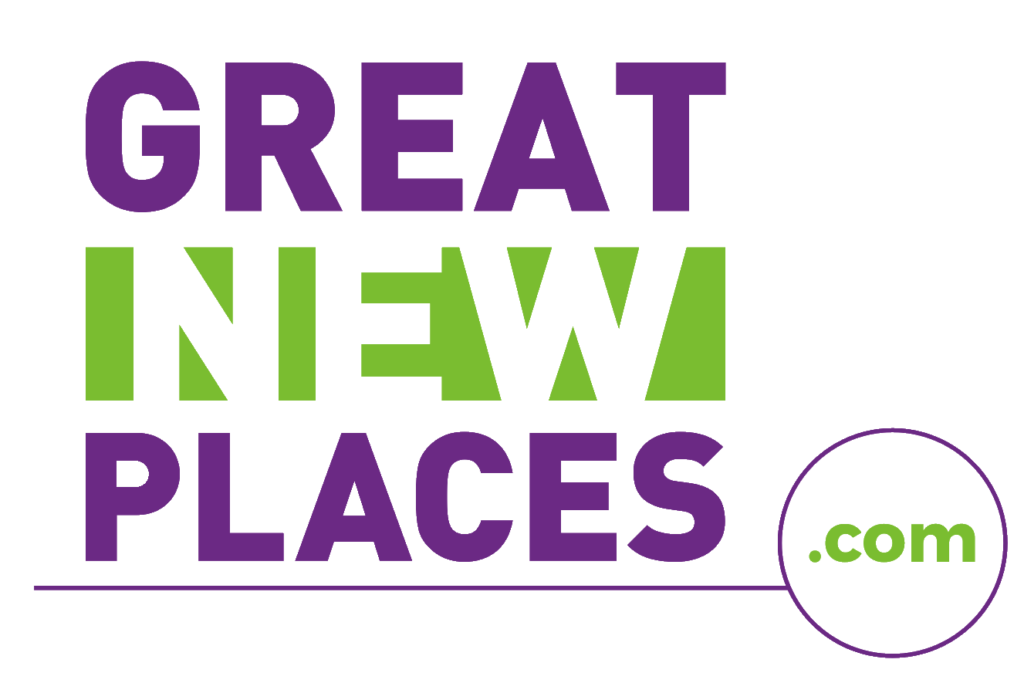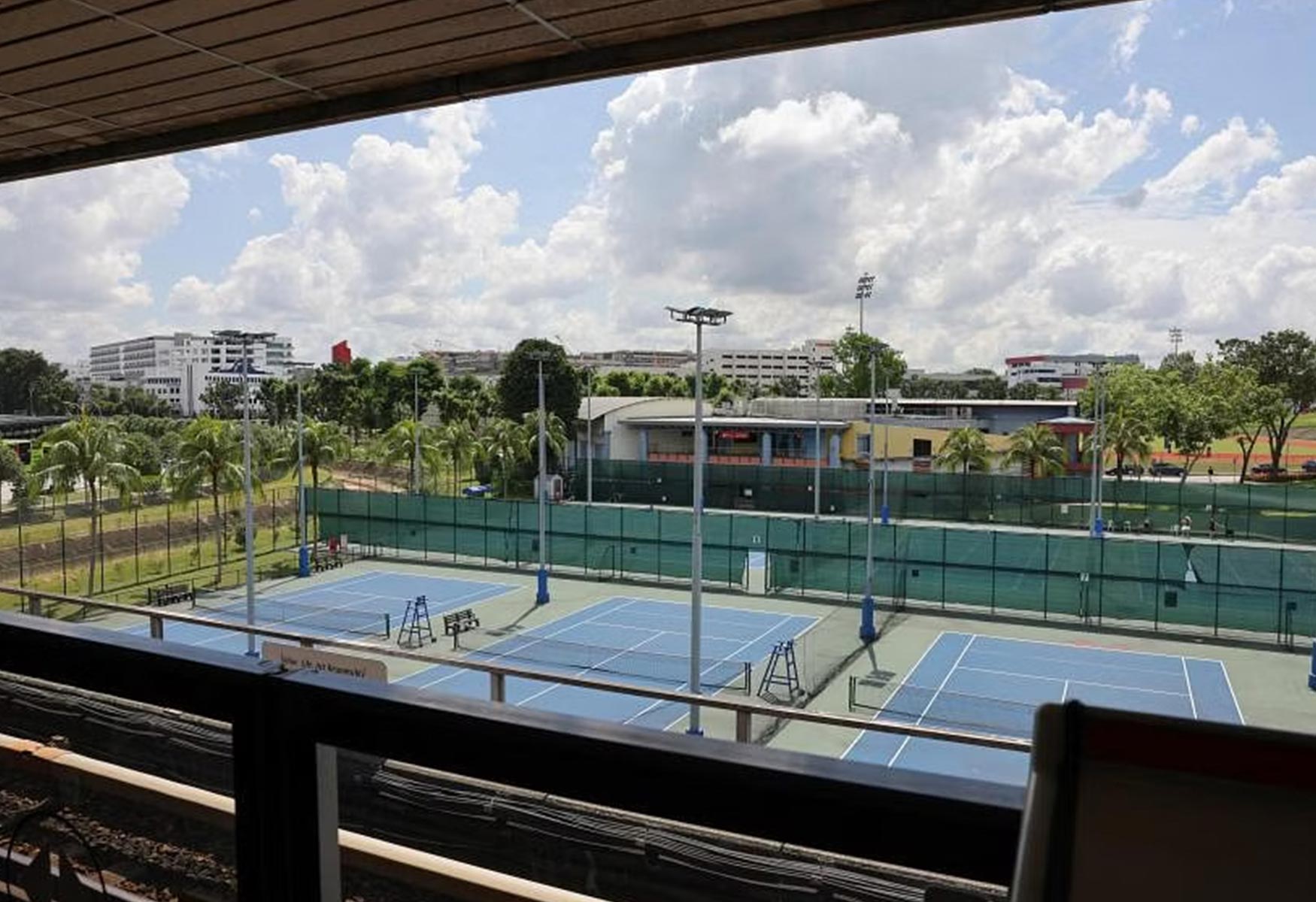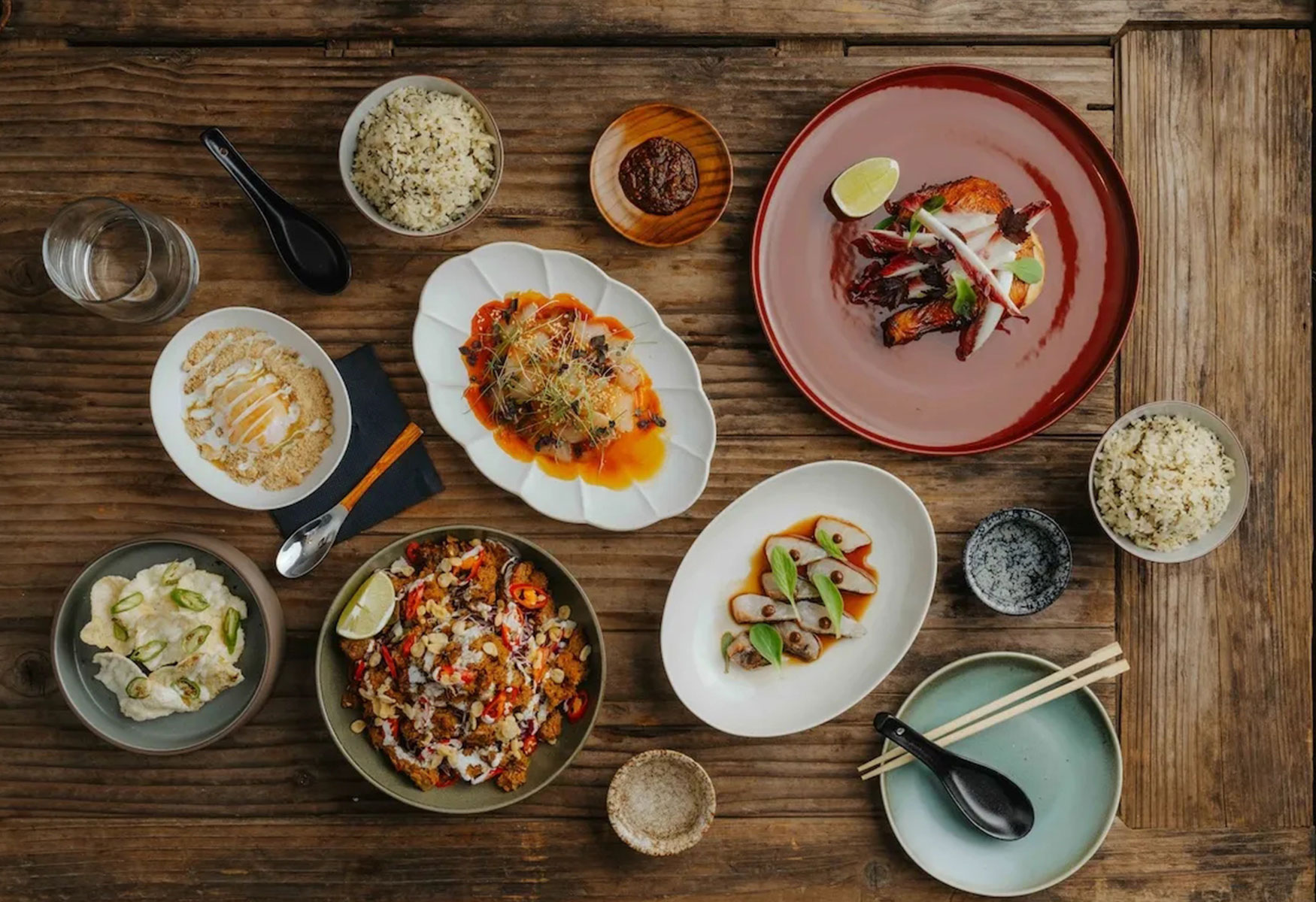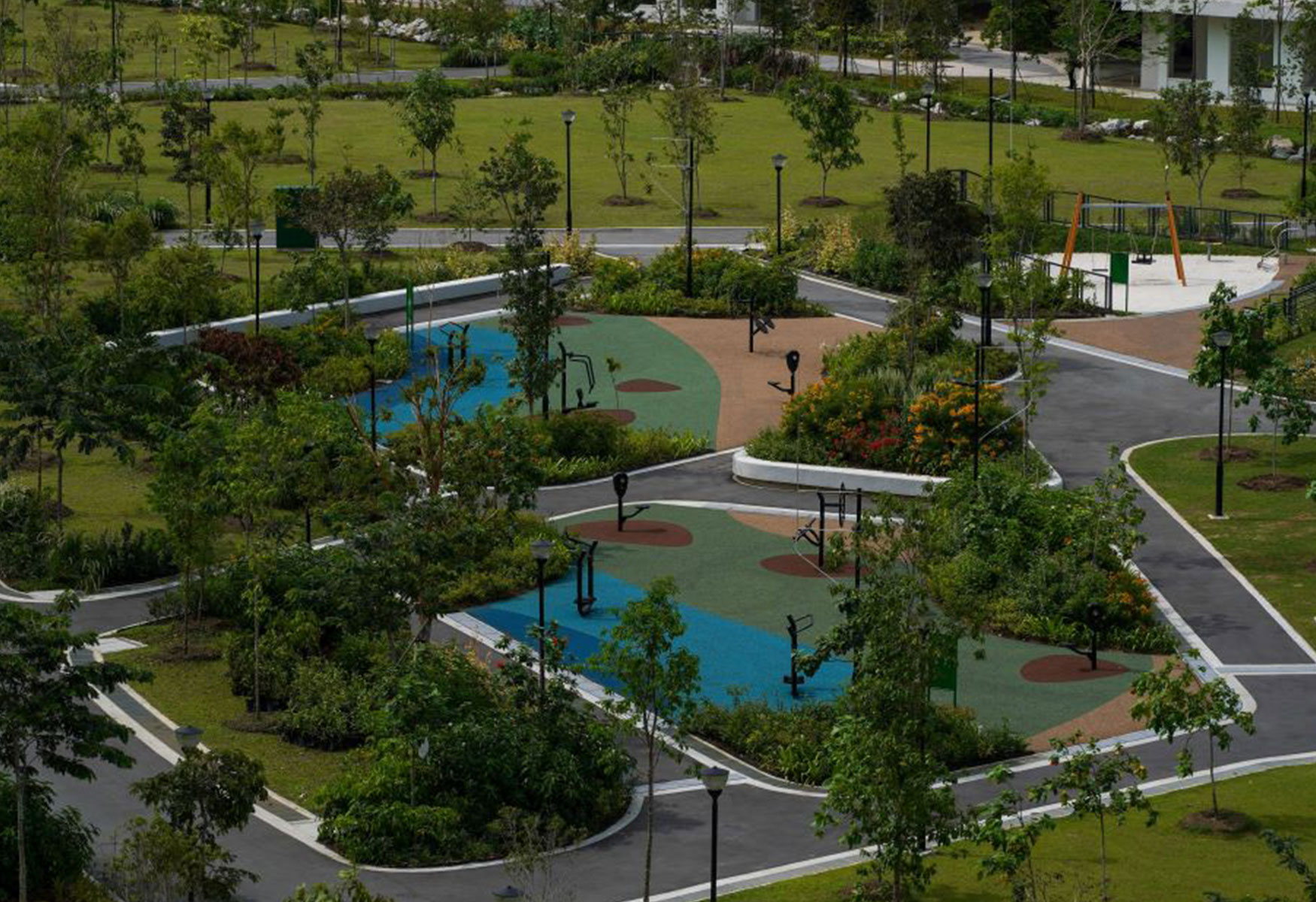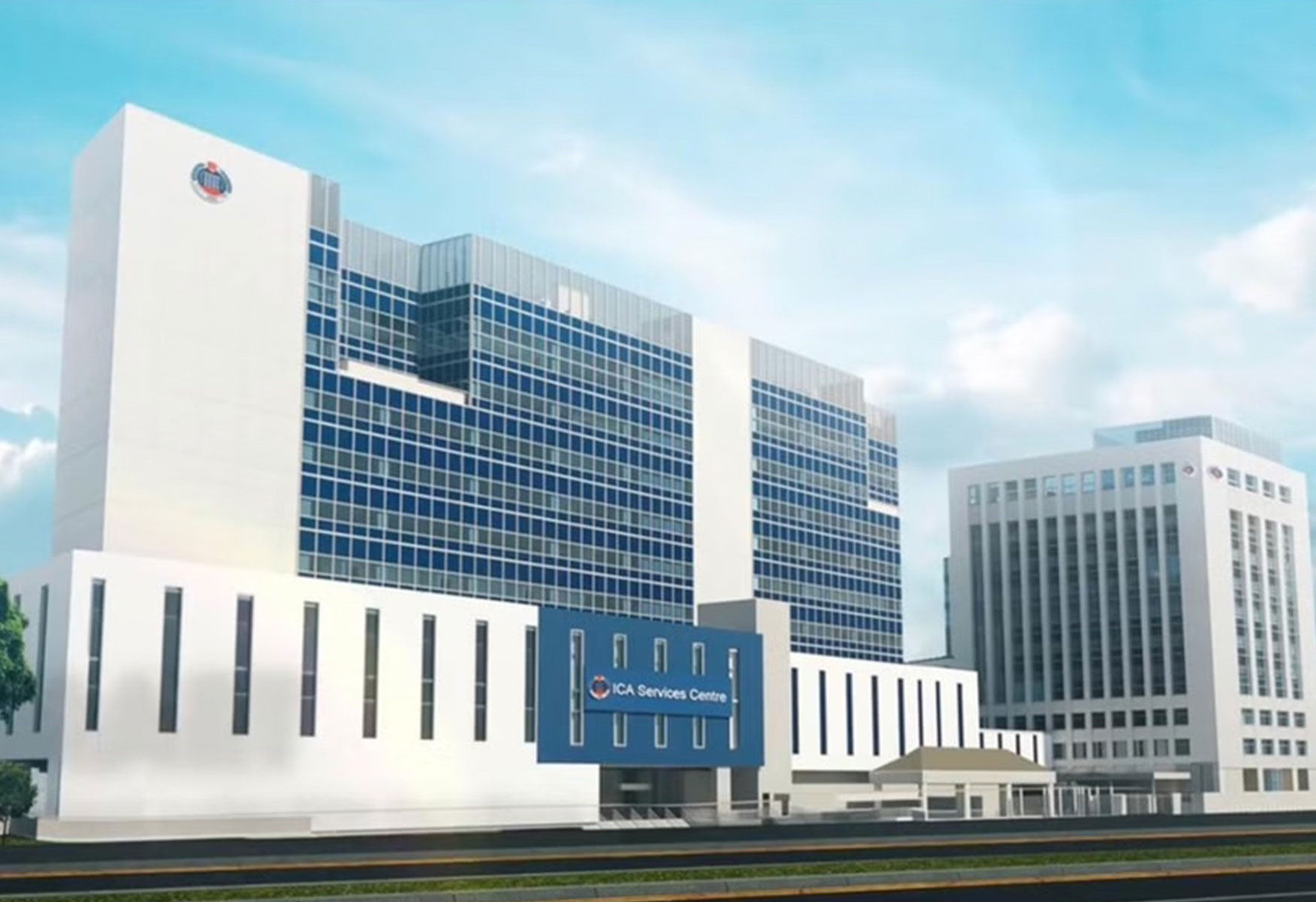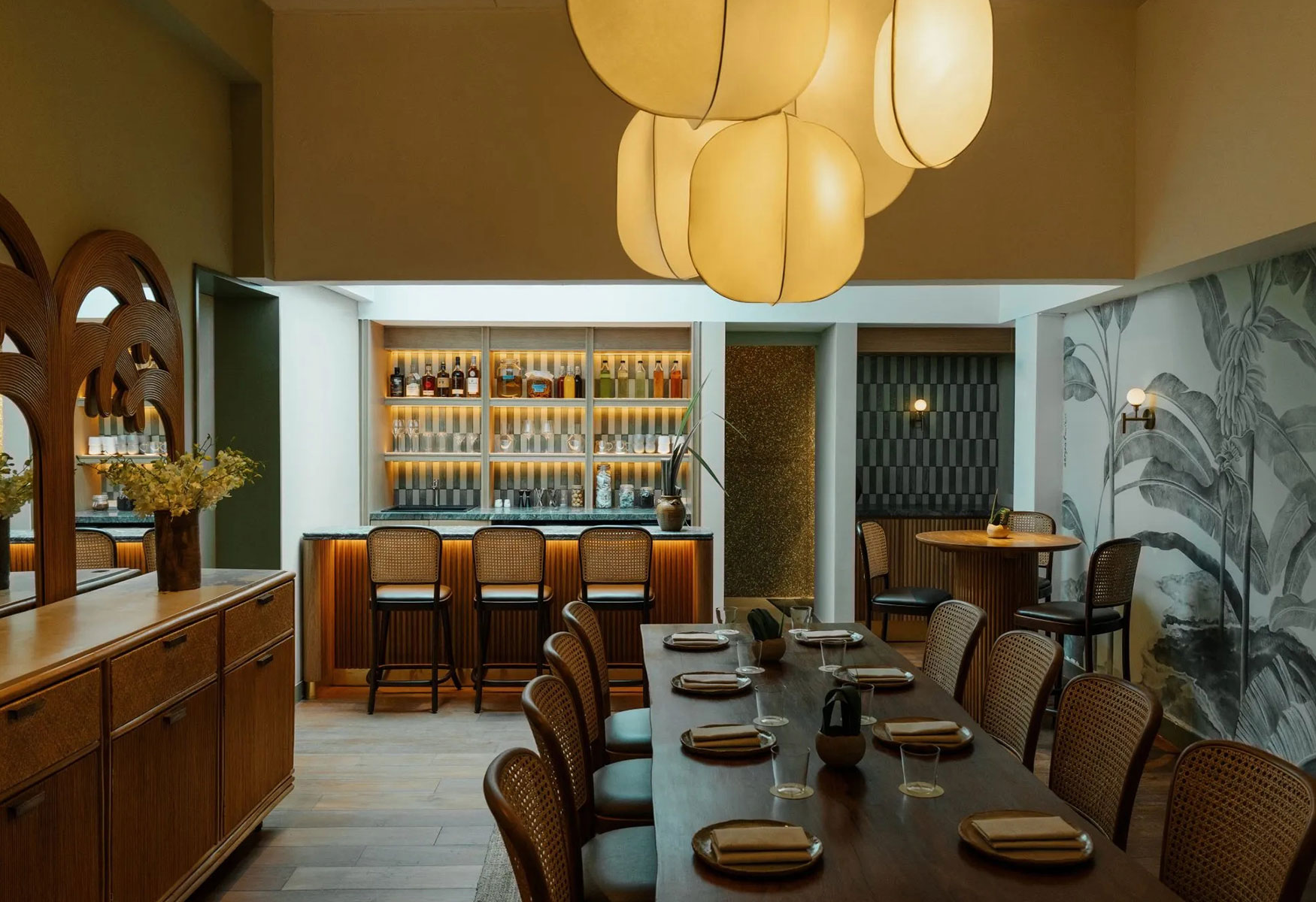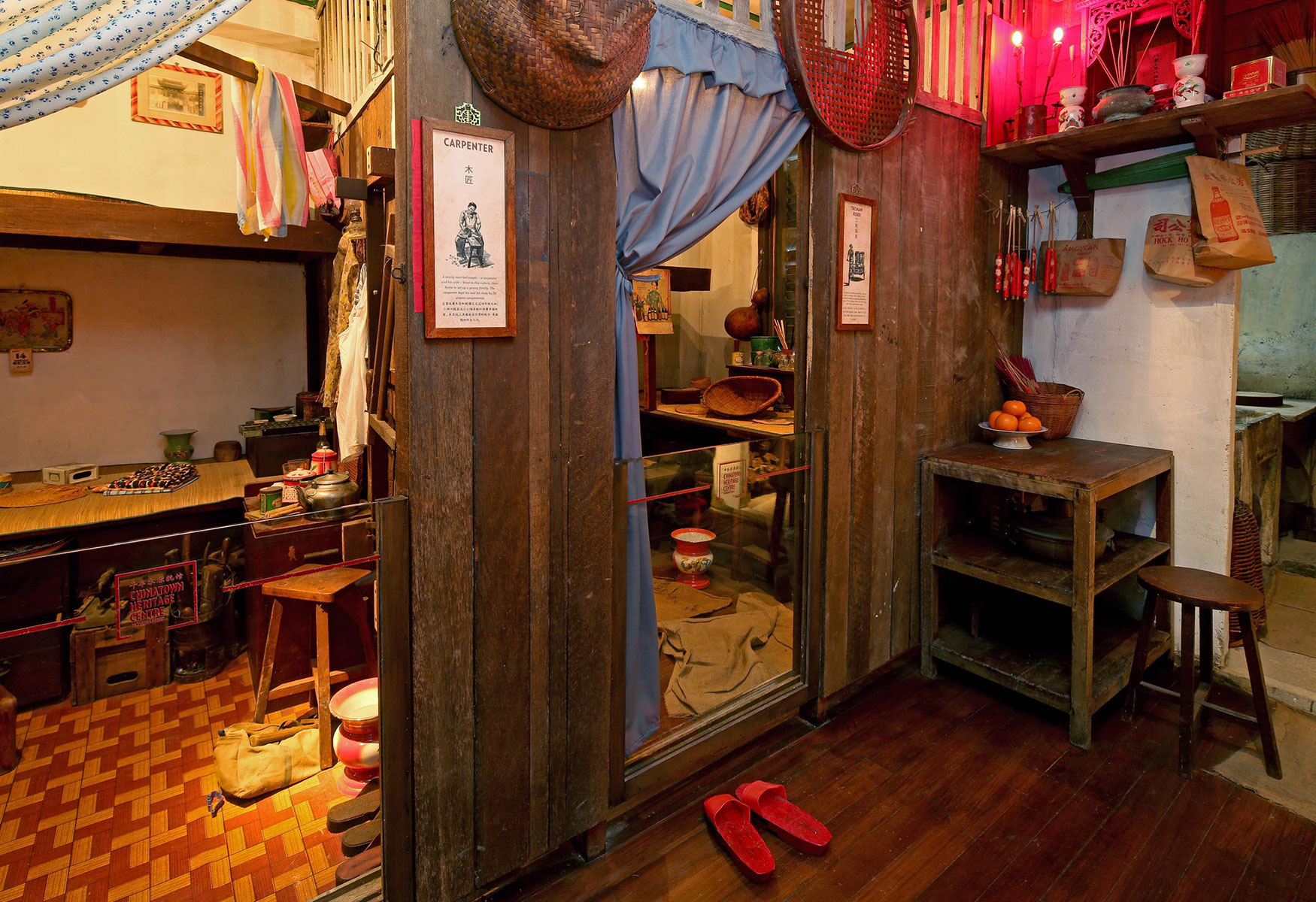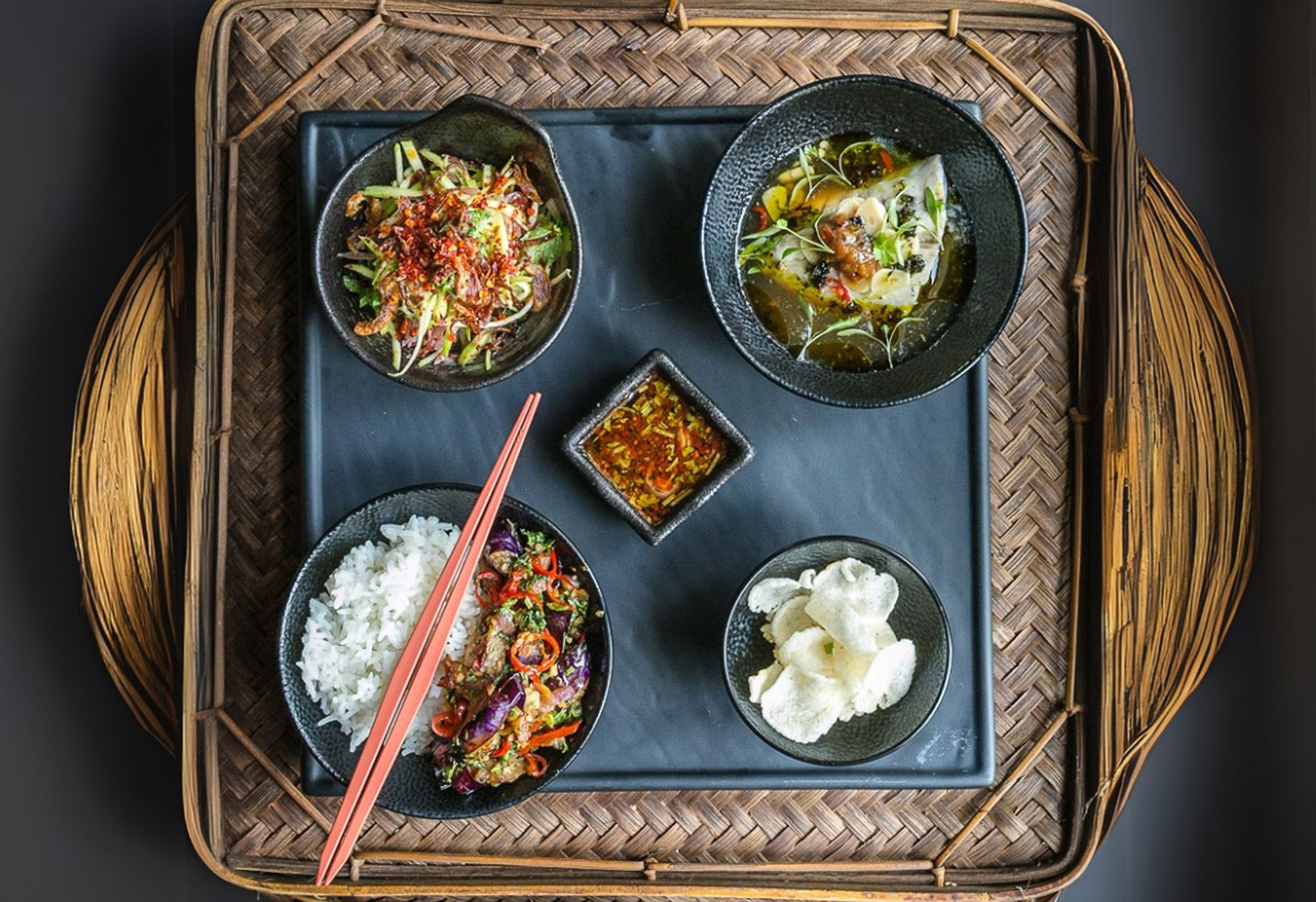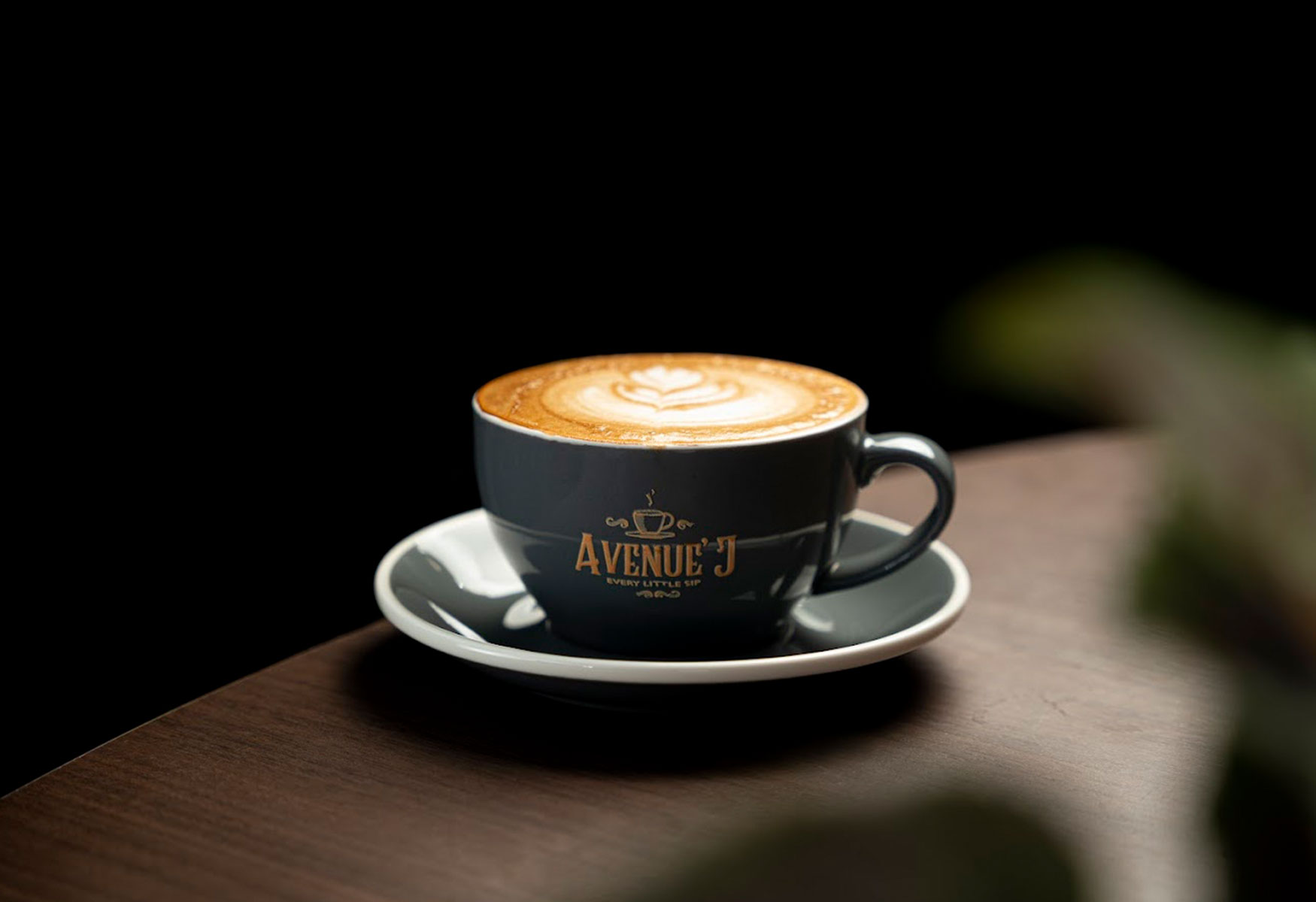Yio Chu Kang Sport Centre could be redeveloped when the area around Yio Chu Kang MRT station is turned into a hub for sporting, wellness and healthcare facilities – a plan currently under study. Plans to transform the area were showcased at a travelling exhibition at One Punggol detailing current and future recreational facilities and amenities for Singapore’s north-east region, including a new park in Sengkang West.
Organised by the Urban Redevelopment Authority (URA), the roving exhibition is part of the agency’s public engagement for its upcoming Recreation Master Plan, which will be incorporated into the Draft Master Plan to be launched in 2025. Yio Chu Kang Sport Centre, which was completed in the mid-1980s, houses a swimming complex, multipurpose sports hall, squash centre, tennis centre, gym, and a stadium with a running track and field.
In response to queries from The Straits Times, URA and Sport Singapore (SportSG) noted the centre’s age and said the authorities are seeking public feedback on ways to refresh facilities in the area to “meet the evolving needs and aspirations of the community”. Plans exhibited showed that the area bounded by the upcoming North-South Corridor, Ang Mo Kio Avenue 8 and the MRT viaduct could be used for “community nodes”, while the space currently occupied by the sport centre – between Ang Mo Kio Avenue 9, the MRT viaduct and Nanyang Polytechnic – could house sports, wellness and healthcare facilities.
URA said in exhibition panels that bringing such facilities closer to communities in and around Yio Chu Kang would support active living and ageing in place. It was previously announced that by 2025, Yio Chu Kang will be the first town in Singapore to be entirely dementia-friendly. About 40 per cent of its residents are at least 65 years old.
URA also said dining and retail options could be added, which can be “seamlessly connected to the North-South Corridor and the larger commuting and recreational cycling routes within the north-east region”. URA and SportSG added that rejuvenation plans could improve the walking and cycling experience, especially for people travelling to the MRT station, Nanyang Polytechnic and Ang Mo Kio Industrial Park 3.
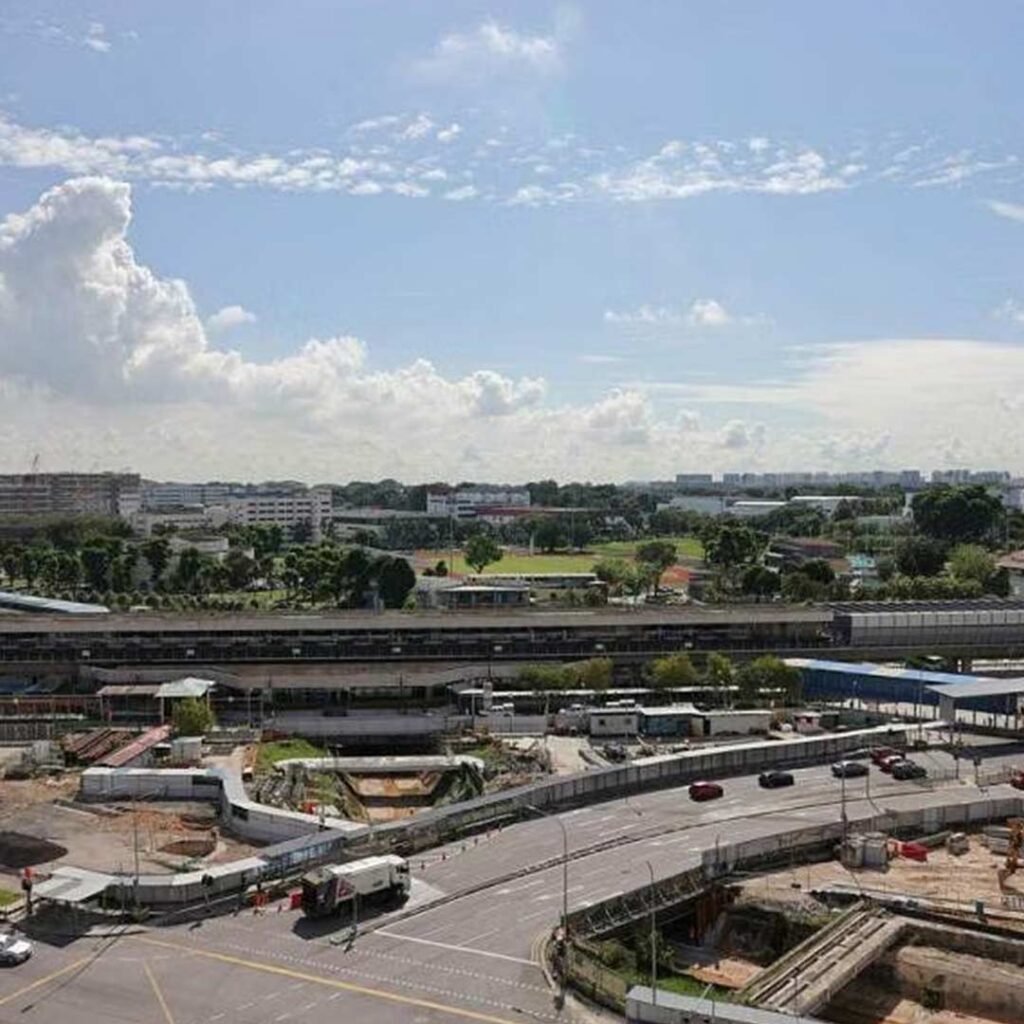
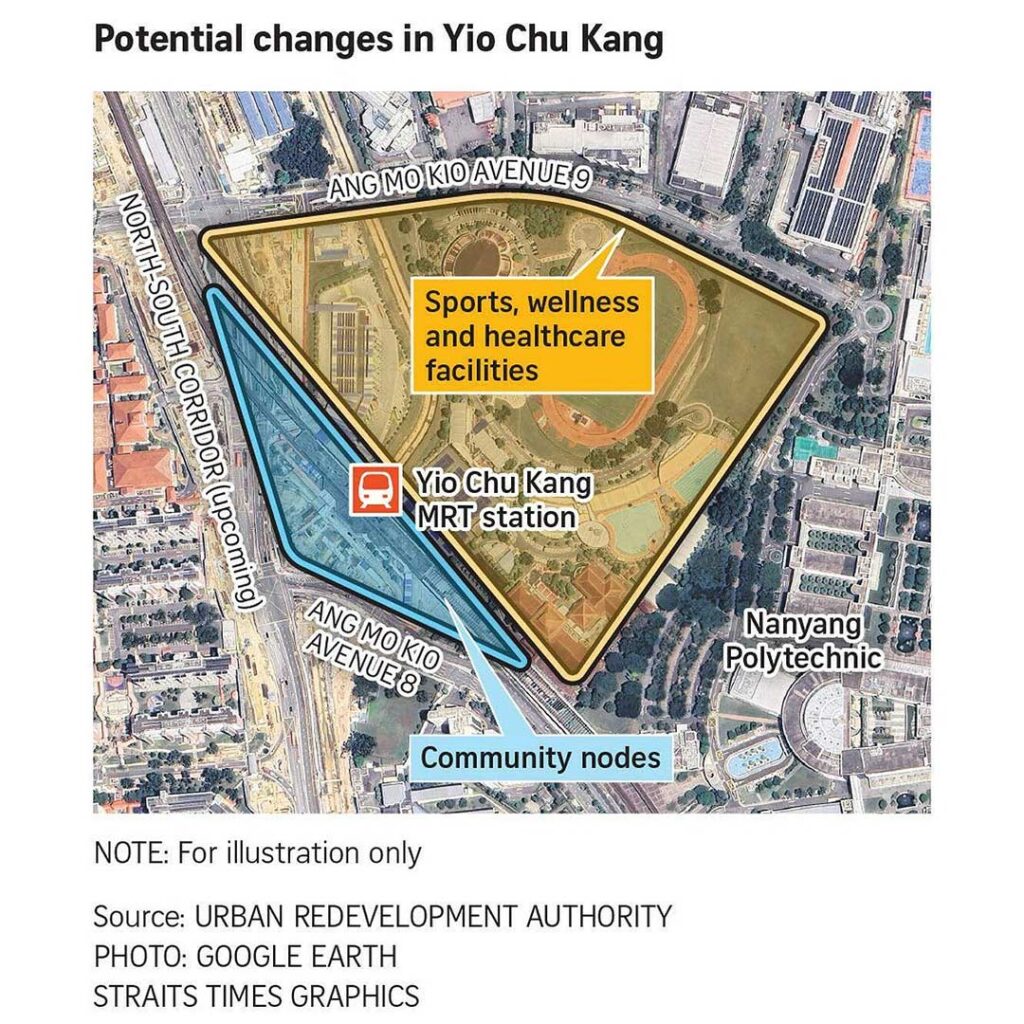
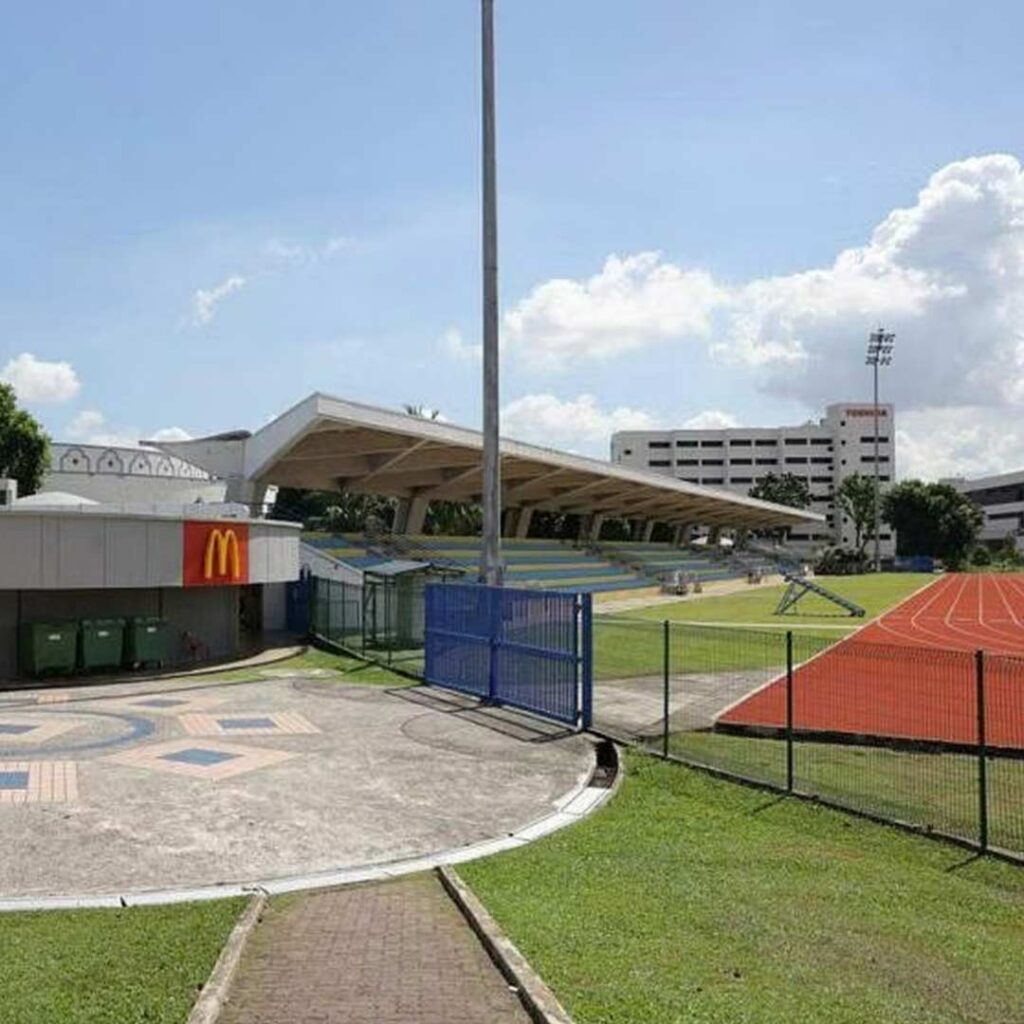
Dr Belinda Yuen, research director at the Lee Kuan Yew Centre for Innovative Cities at SUTD, said developing and sustaining public facilities and spaces that are welcoming to users and improve their lives “require getting close to and working with the community”. To this end, she said URA could involve residents in identifying health and well-being goals for the neighbourhood and to co-design and co-create facilities that would meet their needs.
Dr Yuen said research has shown that older adults, aged 55 and above, ranked health, transport and cooked food facilities among those they most desired to have close to home to maintain their independence and an active lifestyle. Citing international research, she added that walkability is also important as it contributes to cardiovascular health and can enhance the older resident’s happiness. Dr Yuen suggested that technology can be incorporated into refreshed sports facilities in the area, and gave the example of Haidian Park in Beijing, which leverages facial recognition technology to record track users’ performance and makes the data available to them.
Mr Benedict Choong, 37, who has been playing squash at Yio Chu Kang Sport Centre since 2011, said he hopes that if redeveloped, the centre will have more comprehensive squash facilities such as doubles courts and glass courts. Citing the limited number of public squash courts in Singapore – especially when compared with facilities for other racket sports such as badminton and tennis – Mr Choong said it would be a letdown if the courts are removed during any redevelopment, especially with renewed interest in the sport in Singapore. He said the current courts are old but well maintained, but they do not fare well in inclement weather and get wet when it rains. He noted that the sport centre’s facilities are also not linked to one another via sheltered walkways – a feature that is common in newer facilities.
Users of the sport centre would benefit from the addition of retail and food and beverage outlets, he said, adding that sports shops could complement future facilities – squash players, for instance, could get their rackets restrung and continue with their games with minimal disruption.
Also set to be improved is Serangoon Sport Centre, which opened in 1994 and has a swimming complex, a table tennis room, and a stadium with a running track and field.
URA said in its exhibition that renovation plans for the centre are under study, and “could include facilities such as a gym, gym activity rooms, basketball courts and an accessible sheltered pool”.
Meanwhile, a new park in Sengkang is in the works.
Set to encircle Sengkang West Industrial Estate – an area of about 140ha zoned for industrial use in URA’s Master Plan 2008 – the proposed park will provide residents and future workers with more greenery and recreational options, said URA, the National Parks Board (NParks) and JTC Corporation
